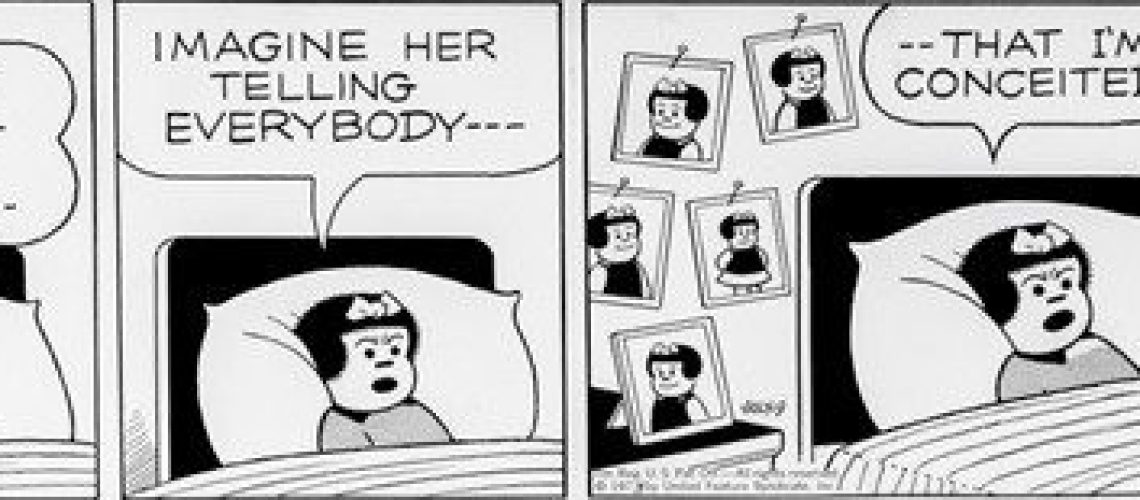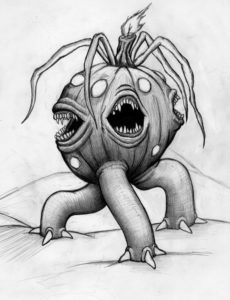If comics were considered only as a genre for children or young adults in the past, their group of readers has been expanding over the last years and the genre has become something more than mere children entertainment.
This is why we are going to talk to you about some fun facts in comics translation and then more precisely with the Peanuts strip.
1 – The translator cannot edit the dimension of the balloons containing the dialogues, so these have to be translated taking the frames into account. The drawings can indeed help the translator to understand some expressions or impede the translation if they relate to metaphors or visual puns.
2 – It is impossible to translate the onomatopoeias. They acquire a specific communicative force, as they are graphic signs relating to the visual text. That is the reason why they are simply transferred from one language to another.
You probably know the Peanuts strip right? Every Halloween night, Linus awaits a kind of holiday figure, The Great Pumpkin, that invariably disappoints him as it does not appear.
Well here are some fun facts about the Italian translation of this comic strip:
3 – The Italian translator chose to call this imaginary character Il Grande Cocomero (The Great Watermelon) rather than the literal La Grande Zucca which would reflect the pumpkin patch where the scene is set. Why? We don’t know exactly but here are some leads to follow.
4 – When Peanuts strip started to be published, Halloween was neither known nor celebrated in Italy and therefore the readers did not have any familiarity with this tradition.
- Maybe, the loss of the reference to the American festivity was balanced with the watermelon that makes the strip funnier and gets a smile out of the reader as a little boy is waiting for a watermelon-shaped creature in the middle autumn.
- Or maybe, the fact that the watermelon is a Mediterranean fruit and therefore closer to the Italian context could explain this mistranslation. Moreover, the picture helps imagination because a black and white drawing of a pumpkin is entirely similar to a watermelon.
5 – When Peanuts was retranslated, the name of Il Grande Cocomero was kept because over the years it has become part of the encyclopaedic knowledge of Peanuts readers and Italian culture in general.
6 – A radio programme and a film of Francesca Archibugi were called Il Grande Cocomero.
Authors: Martina Tonizzo and Quentin Mosnier










